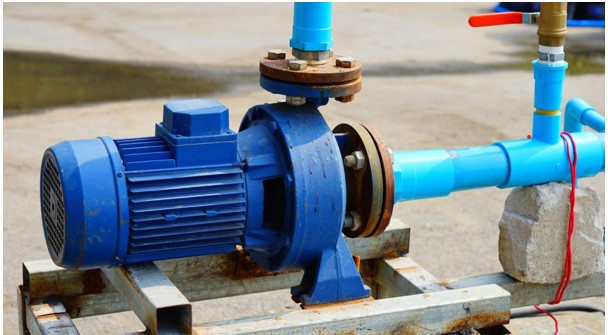Reliable access to water depends heavily on a good pump in all Indian households, farms, and small businesses. Whether for drawing water from underground sources, managing irrigation, or boosting pressure in pipelines, water pumps play an important role in everyday life. Among the various options available, the submersible pump stands out for its efficiency, durability, and suitability for diverse applications.
With the growing demand for self-reliant water solutions, choosing the right pump has become more important than ever.
What are submersible pumps?
A submersible pump operates while fully submerged in water. It is typically installed in borewells, tanks, or sumps, and pushes water to the surface by converting rotary energy into kinetic energy. Because the pump works underwater, it avoids the problem of air locking, making it highly effective and reliable in drawing water from deep sources.
These pumps are used in residential homes, agricultural fields, housing complexes, and commercial establishments that require a consistent and uninterrupted water supply.
Why do Indian homes prefer submersible pumps?
An advantage of submersible pumps is their high efficiency. Since the pump pushes water instead of pulling it, it uses less energy for the same output, which means lower electricity bills in the long run. This makes them a preferred choice for consumers who want long-term value and energy savings.
They also operate more quietly than surface pumps, as the water surrounding the motor dampens noise and vibration. This is ideal for homes where noise pollution is a concern.
Built to withstand harsh conditions
India’s water sources often contain impurities like silt, sand, or hard water minerals. A good submersible pump is made of corrosion-resistant materials, has sealed motors, and has thermal overload protection, ensuring it performs well even in tough environments. These features are especially crucial in rural and semi-urban areas where water quality and voltage fluctuations can affect the life of an ordinary pump.
Applications
While commonly used in households for drawing water from borewells, water pumps, especially submersibles, serve a range of needs:
Agriculture: Ideal for irrigation, lifting water from canals or wells.
Construction sites: Used for dewatering foundations and basements.
Commercial spaces: Perfect for hotels, schools, and hospitals requiring high-volume water supply.
Housing societies: Ensures equal water distribution in multi-floor buildings.
This versatility has made submersible pumps a go-to solution for many sectors beyond just home use.
Choosing the right pump
When selecting a water pump, key factors to consider include the depth of the water source, the distance to be covered, power requirements, and the type of water (clean, sandy, or saline). Reputed brands offer a range of models with different head and flow ratings to suit these diverse needs.
It is also wise to invest in pumps that have ISI certification, copper winding motors, and strong after-sales support, which indicate higher build quality and longer lifespans.
Conclusion
As water challenges grow and self-sufficient systems become the norm, investing in a reliable submersible pump is more than just a convenience. It is a necessity. With their powerful performance, low maintenance, and versatility, these water pumps offer a smart, long-lasting solution for residential, agricultural, and commercial water needs.
By choosing the right pump from a trusted manufacturer, consumers ensure better water flow and peace of mind for years to come.


